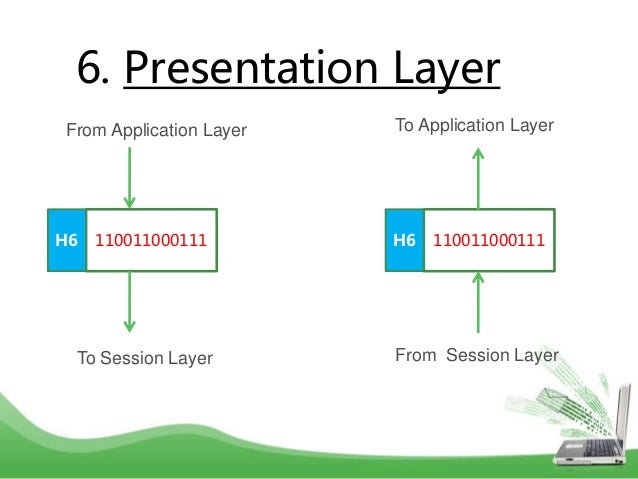LAYER 4 – The TRANSPORT
Layer
• Manages the
transmission (transport) of data across a network.
• Manages the flow
of data between parties by segmenting long data streams into smaller data
chunks (based on allowed “packet” size for a given transmission medium)
• Reassembles
chunks into their original sequence at the receiving end.
• Provides
acknowledgements of successful transmissions and requests resends for packets
which arrive with errors.
•The
transport layer is responsible for the delivery
of a message from one process to another.
of a message from one process to another.
LAYER 5 – The SESSION Layer
• Enables two networked resources to hold ongoing communications (called a session) across a network
• Applications on either end of the session are able to exchange data for the duration of the session.
• This layer is:
• Responsible for initiating, maintaining and terminating sessions.
• Responsible for security and access control to session information (via session participant identification)
• Responsible for synchronization services, and for checkpoint services.
•The session layer is responsible for dialog
control and synchronization.
control and synchronization.
LAYER 6 – The PRESENTATION Layer
• converts data from network format to computer expected format and vise versa (the network’s translator)
• For outgoing messages, it converts data into a generic format for network transmission; for incoming messages, it converts data from the generic network format to a format that the receiving application can understand.
• This layer is also responsible for
•protocol conversions,
• data encryption/decryption,
• data compression/decompression
• A special software facility called a “redirector” operates at this layer to determine if a request is network related or not.
•For example connect remote network printer to the computer.

•The presentation layer is responsible for translation, compression, and encryption.








0 Comments
Thanks You....